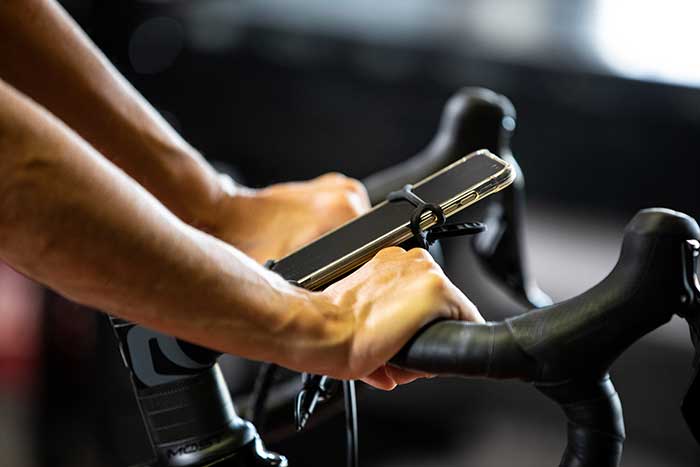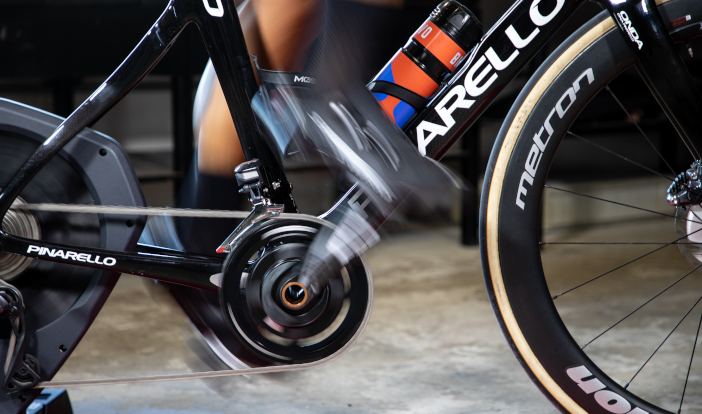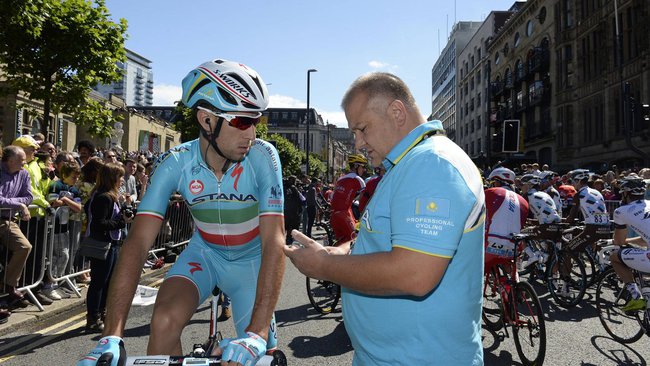Paolo Slongo, ex-amateur sprinter from Treviso and the athletic trainer of Vincenzo Nibali, explains why also non-professional cyclists should be multi-disciplinary athletes.
There is a lot of talk of multi-disciplinary cycling lately. During his interviews after the Giro D’Italia, the coach of the Italian National cycling team, Davide Cassani, often stressed that professionals should try out all the different cycling disciplines if they want to become stronger athletes.
Track cycling, road cycling, the mountain bike and cyclocross are all arrows on the bow of a professional who’s ambition it is to become a versatile and feared athlete in all kinds of racing situations. This is not only important for professionals. Paolo Slongo, former amateur sprinter and now athletic trainer of great champions such as Vincenzo Nibali, tells us why it is also important for amateurs to try out all the different ways of cycling.
“Surely, for a professional to have experience not just on the road bike, but also on the mountain bike, on the track and in cyclocross, is useful in a lot of situations. If this is important for professionals, it is no less so for amateur athletes. Being confident on the bike on any kind of terrain gives you that extra something that can make a difference during a race or in training.
If I think of famous examples, Elia Viviani immediately comes to mind, winner of a gold medal during the Rio Olympic Games in 2016. He has always trained on the track as well as on the road. Thinking of an example outside this country, Peter Sagan comes to mind and the acrobatics that have made him even more famous than the athletic enterprises he has known to complete. He comes from the mountain bike and cyclocross, disciplines that in Slovakia and the Czech Republic are daily bread for those who start cycling. He is very fortunate to have this experience. It has been an effective way to learn how to ride the bike as few others can.
If we think of athletes, for example, who have seen their careers limited, despite being great champions, due to the lack of practice in the various cycling disciplines, Ivan Basso comes to mind. All of you will recall the great victories of this athlete, achieved thanks to his extraordinary performances uphill, but which were then put at risk because of his difficulties in riding the bike on long descents. This is because Ivan, from a young age, has devoted himself exclusively to road cycling, neglecting all the other disciplines.
But now the amateur world: in my opinion, after all my years as an athlete and as a technical trainer, there are undoubtedly age ranges in which kids are more receptive to improving their technical capabilities in riding the bike. If you want to work on skill, dexterity, responsiveness and coordination you should do so when a kid is under 15 or 16 years. While it is true that this is the age in which the best results can be achieved, it is equally true that it is also possible for an adult, albeit to a lesser extent.
We should therefore try out all those different cycling disciplines that allow us to test our riding skills. For an amateur, as well as for a professional, diversifying preparation also means keeping away boredom. This is not something to be neglected. Many professionals prefer the mountain bike in the winter because they are riding on different kinds of terrain than the road and in a more pleasant environment. This way they have good quality workouts but with less mental stress. The same applies to amateur athletes. It is always good to try to plan the season with important breaks where you can train on the mountain bike or, during the winter, practice cyclocross.
I would like to dedicate a separate chapter to the track. Training on the track involves major cardiovascular work and an important load in terms of force. While it is true that track workouts guarantee the development of extraordinary pedaling fluency and increase the ability to interpret race situations especially in groups, it is also true that it is very challenging and should therefore be taken on in incremental steps.
I always recommend amateur athletes, who are not fortunate enough to have a trainer at their side, to do everything with the utmost reasonableness and especially in slow progression in terms of workload.”
You might also be interested in




